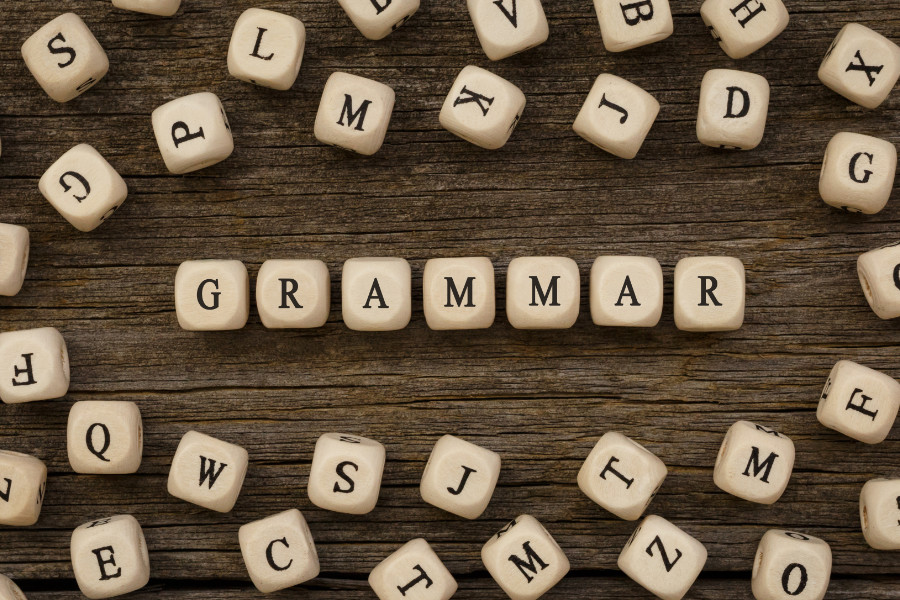
Gender-neutral writing challenges traditional linguistic norms by addressing the biases embedded in language. In recent years, there has been a growing awareness of the importance of using gender-neutral language to promote inclusivity and equality.
Why is gender-neutral writing important?
- It promotes equality: By acknowledging and valuing all genders in the language we use, we foster a more equal society and promote a culture of respect.
- It promotes inclusivity: Gender-neutral writing includes and affirms all individuals, irrespective of their gender identity, creating a sense of belonging and preventing potentially discriminatory language.
- It breaks down stereotypes: By avoiding assumptions and biases based on gender, it encourages a more open-minded society.
- It’s easy to read: Gender-neutral writing is often less wordy and clunky, making it easier to read and more succinct.
Practical tips for gender-neutral writing
1. Use gender-neutral pronouns
Replace gender-specific pronouns like “he” or “she” with gender-neutral pronouns such as “they” or “them” – it’s acceptable to use a plural pronoun to avoid gender-specific language. For example, “Each student should submit their report by Friday”, instead of “his or her report”. Also, try to use gender-neutral descriptors such as “Good evening to all our guests”, instead of “ladies and gentlemen”.
2. Avoid gendered titles
Instead of using titles like “Mr” or “Mrs”, omit the title or use neutral titles like “Dr”.
3. Neutralise job titles
Revise job titles to be gender-inclusive, for example, “firefighter” instead of “fireman” and “chair” instead of “chairman”.
Instances when you can refer to specific genders
In certain circumstances, referring to specific genders may be appropriate and even necessary. Here are a few examples:
- When referring to specific individuals whose gender is known or relevant to the context, for example: “Marie Curie was the first woman to win a Nobel Prize.”
- When quoting someone directly and maintaining the original wording they used, even if it is gendered, to preserve accuracy and context.
- In medical or biological contexts where gender differences are relevant and critical to accuracy, for example: “Females have two X chromosomes, while males have one X and one Y chromosome.”
- When a specific language has gendered features that are integral to the language, for example: nouns in Spanish, French and German have a specific gender.
At the end of the day, gender awareness in language requires striking a balance between promoting inclusivity through gender-neutral language and acknowledging specific genders when relevant. And as with any piece of writing, always consider your audience and the surrounding context.









